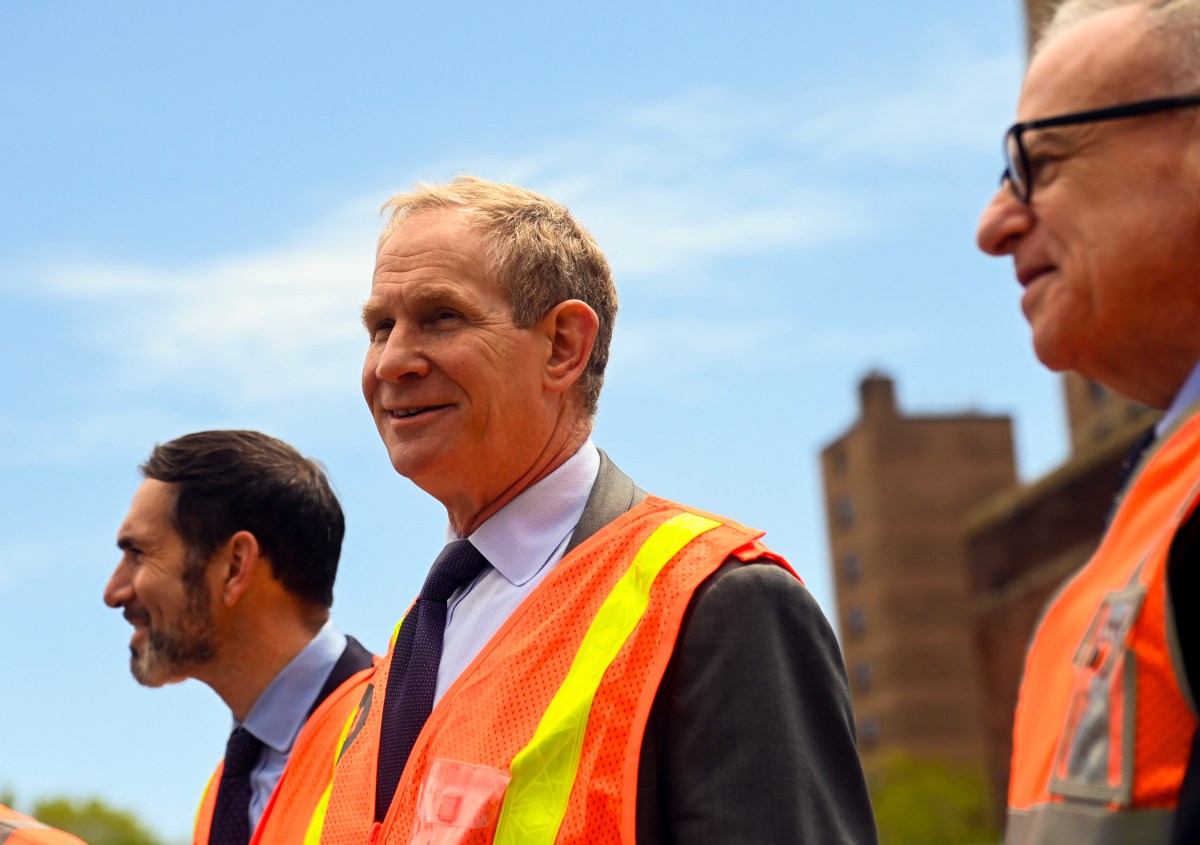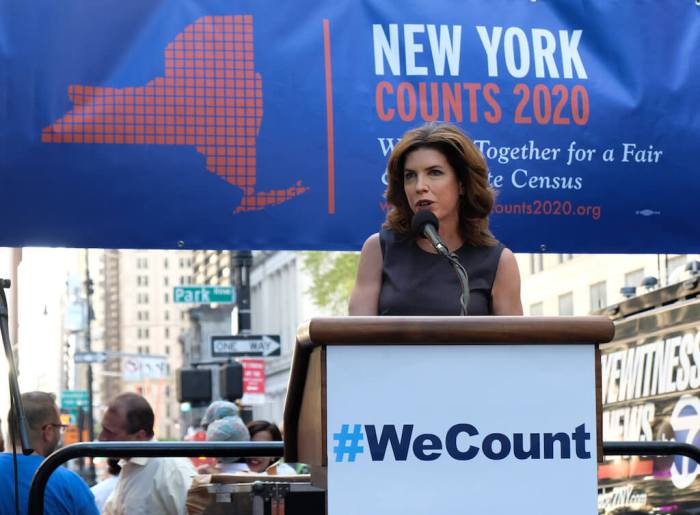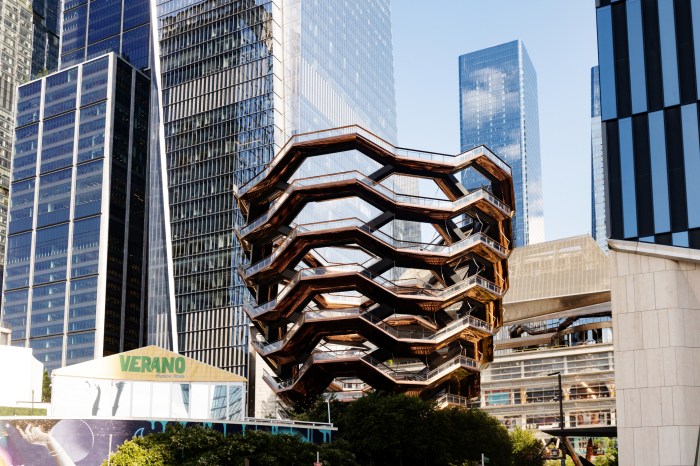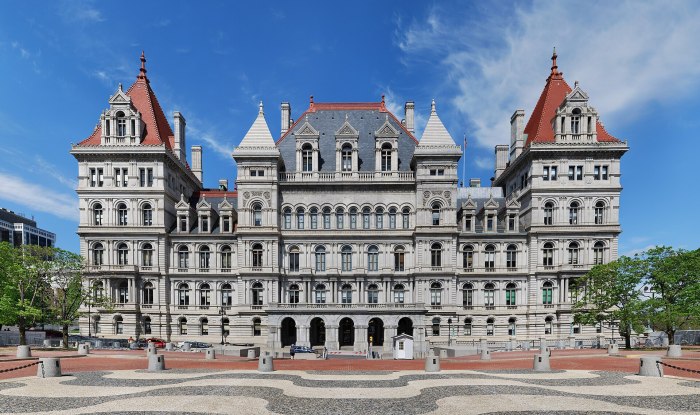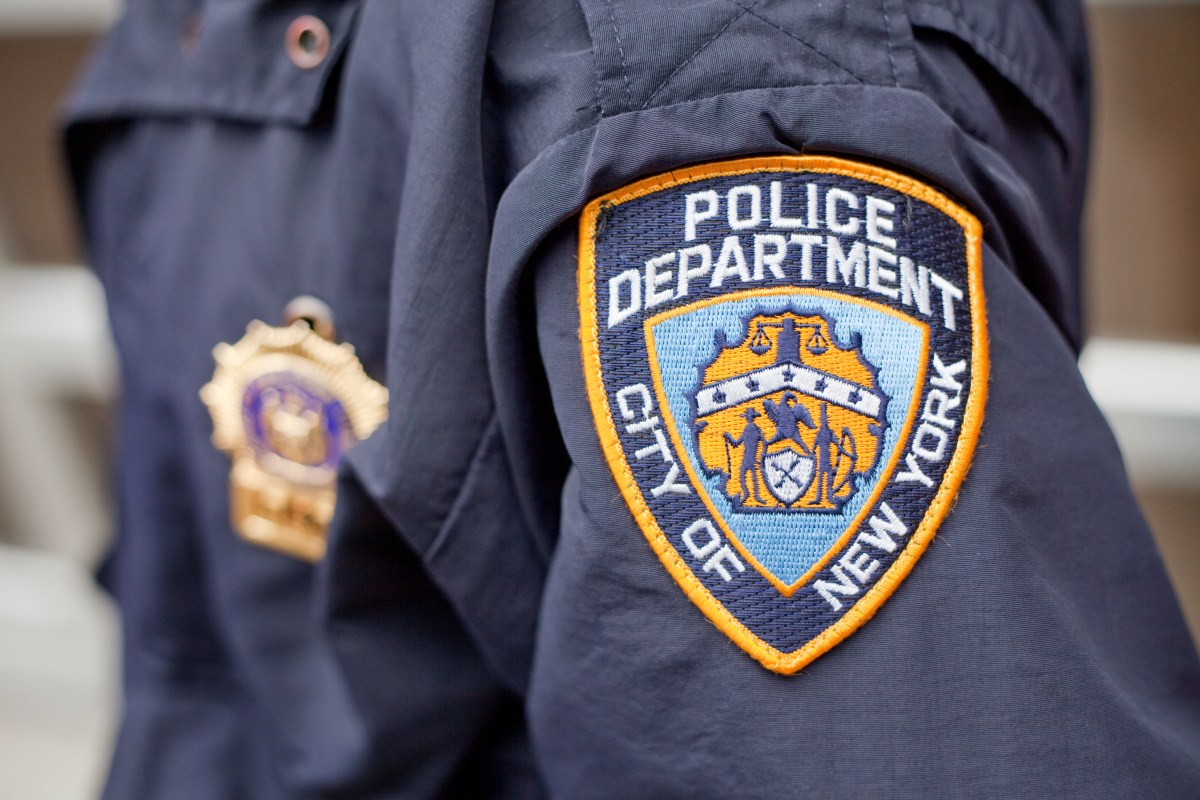Climate change is always top of mind for a lot of us, and not just because we’re a week from Earth Day. I often talk about mass transit being the antidote to climate change.
The MTA network allows the New York region to have the lowest carbon footprint per capita in the nation, helping to avoid 17 million metric tons of greenhouse gas emissions every year.
That doesn’t make us any less vulnerable to the accelerating impacts of climate change – torrential rainfall, extreme heat, and other types of severe weather.
We’ve all seen videos on social media of water flooding the subways during major storms, and massive cleanup needed on the commuter railroads after mudslides. It’s a challenge for the MTA, and a major inconvenience for our riders.
That’s why we developed a new Climate Resilience Roadmap. It’s a comprehensive framework to fortify the transit system against climate change, outlining $6 billion in needs to make the MTA more resilient over the next decade – critical input as we start developing the 2025-2029 Capital Program.
With torrential rainfall, we can’t fight gravity but there are mitigations we can install. The roadmap suggests raising steps and elevating street vents to prevent stormwater from entering the subway system. Investing in new drainage and pumping equipment is another key priority, but we also need our partners at the City of New York to drastically expand storm sewer capacity to prevent the huge overflows into subways we see during many big storms.
The Climate Resilience Roadmap also advises ramping up existing efforts to protect MTA’s seven bridges from extreme heat. Prolonged exposure to high temperatures can cause the metallic components in these structures to expand beyond their design limits, which can affect joints, accelerate material degradation, and increase stress to concrete bridge girders, the last thing we want to see happen. We need to make these investments — and many, many more — now.
As we’ve been saying since the release of the groundbreaking 20-Year Needs Assessment last fall, the MTA’s assets are worth $1.5 trillion, and they’re only growing older and more vulnerable with time. The Long Island Rail Road, the oldest part of the MTA, just celebrated its 190th anniversary. We want to preserve it, and the rest of the network, for decades to come, delivering reliable and enhanced service, as the new Climate Resilience Roadmap shows us the way.
Janno Lieber is Chair and CEO of the MTA.
Read more: Op-Ed Pushes for Congestion Pricing and Better MTA Services



